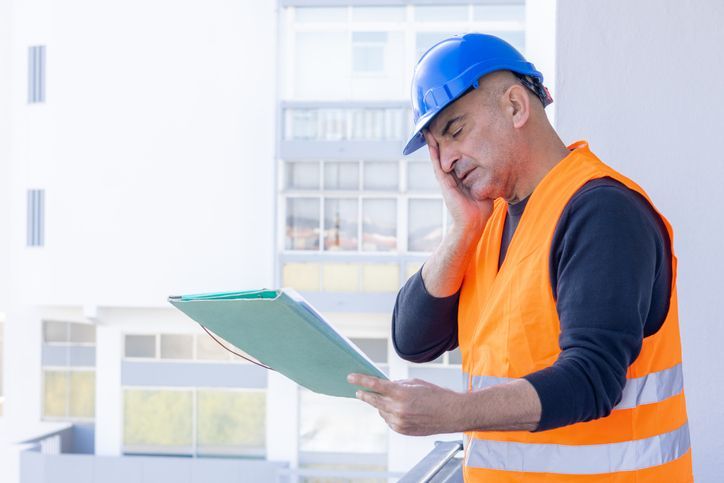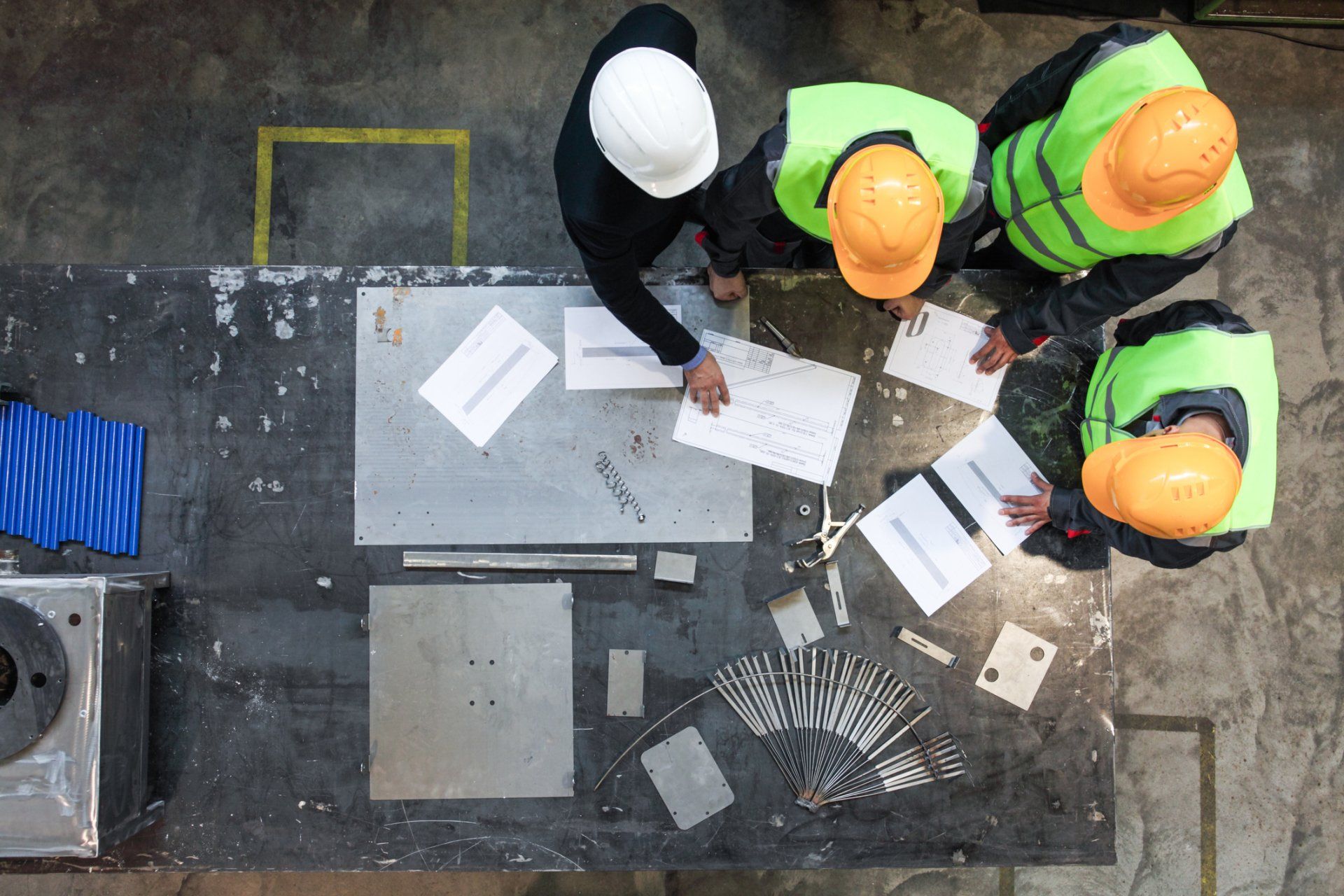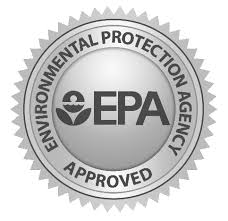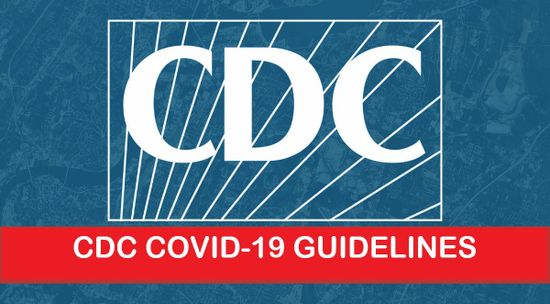PROTECT YOUR BOTTOM LINE FROM COVID-19

How would a COVID-19 outbreak at your facility impact your bottom line?
- Administrative
- Agricultural
- Architectural
- Automotive
- Energy
- Engineering
- Food Service
- Hospitality
- Legal
- Manufacturing
- Retail
- Transportation,
How SEA can Help!
Since 1992 SEA has provided chemical and biological decontamination services including Microbial (Mold, Bacteria) Decontamination, Clandestine Meth Lab Clean-up, Crime and Trauma Scene cleaning, and disinfection. These services continue as we deal with current environmental stressors of the COVID-19 pandemic and it is an important way to get employees back to work safely and sustain and protect your bottom line.
SEA will assess your site and provide a proper disinfection plan for your unique needs by using or more of the following services.





